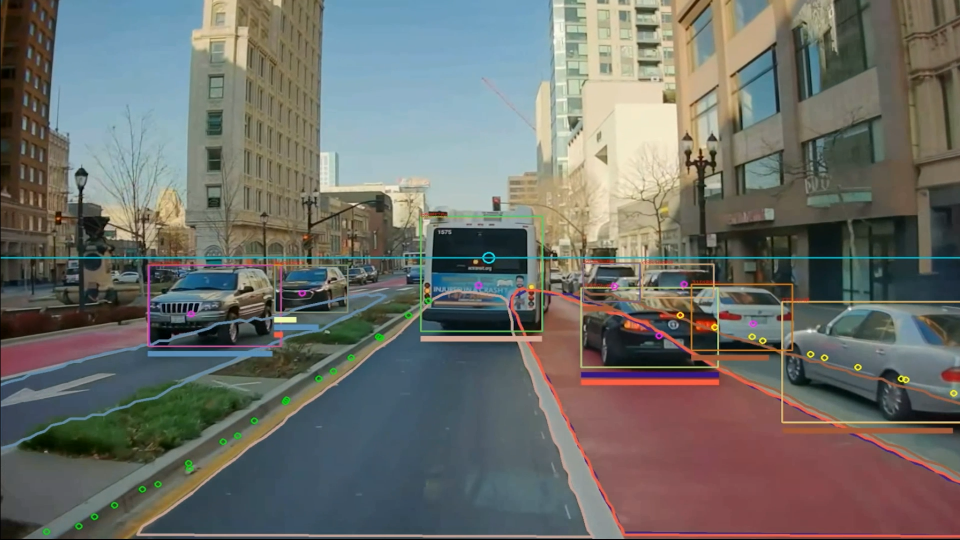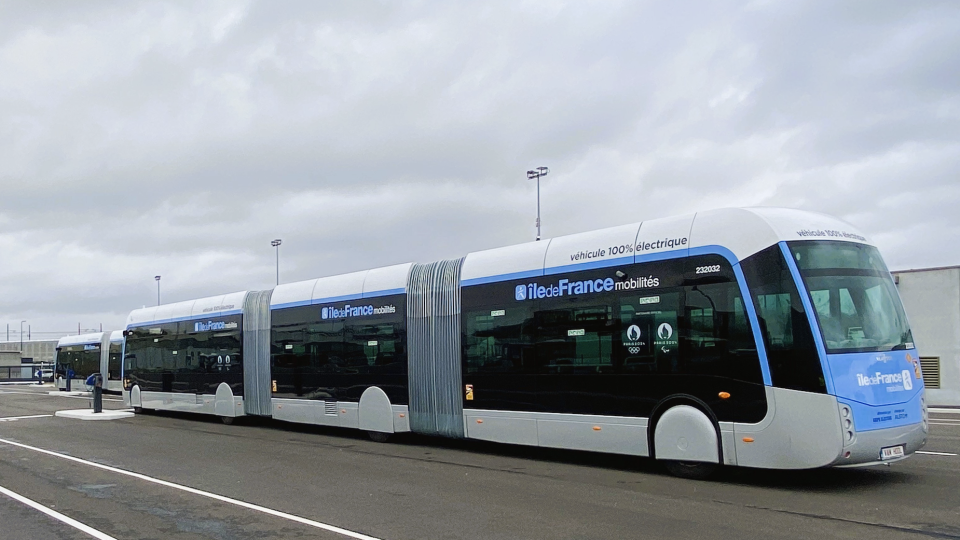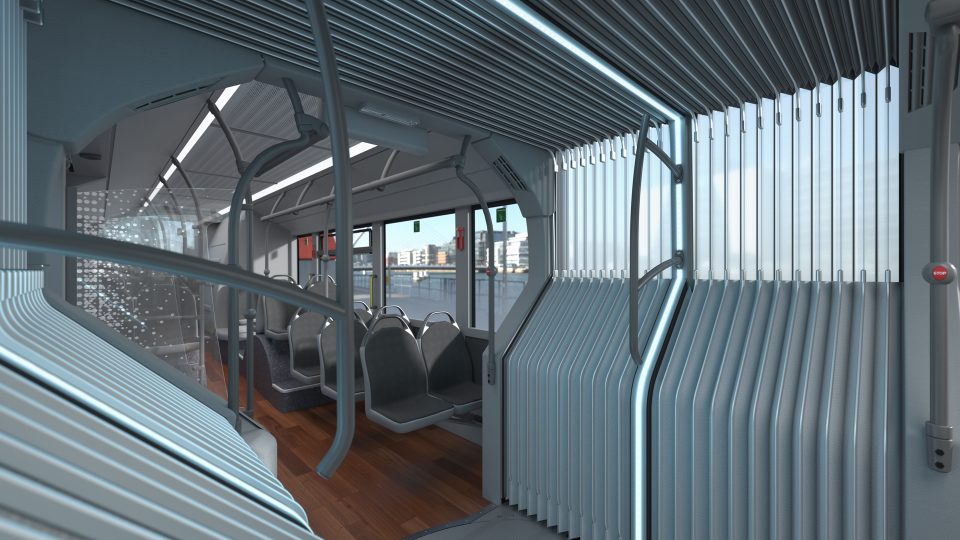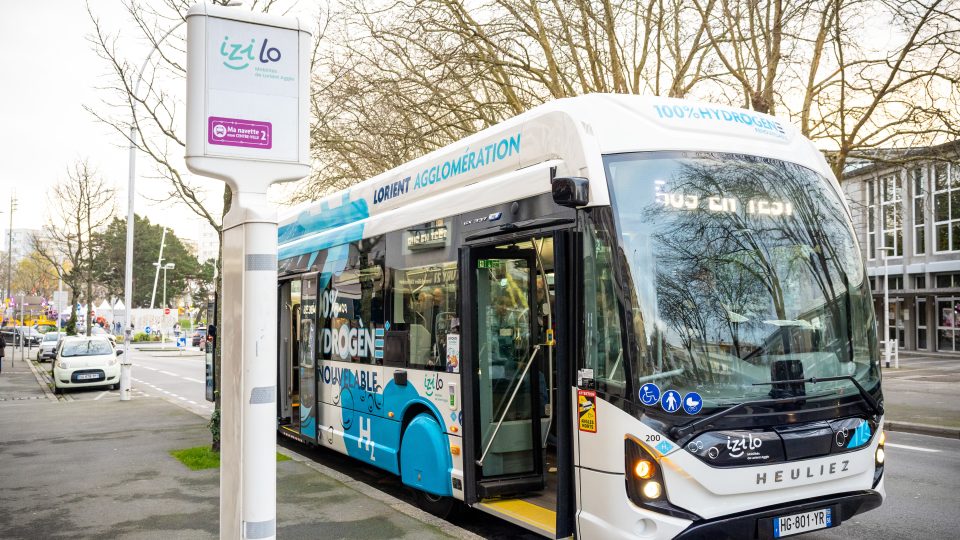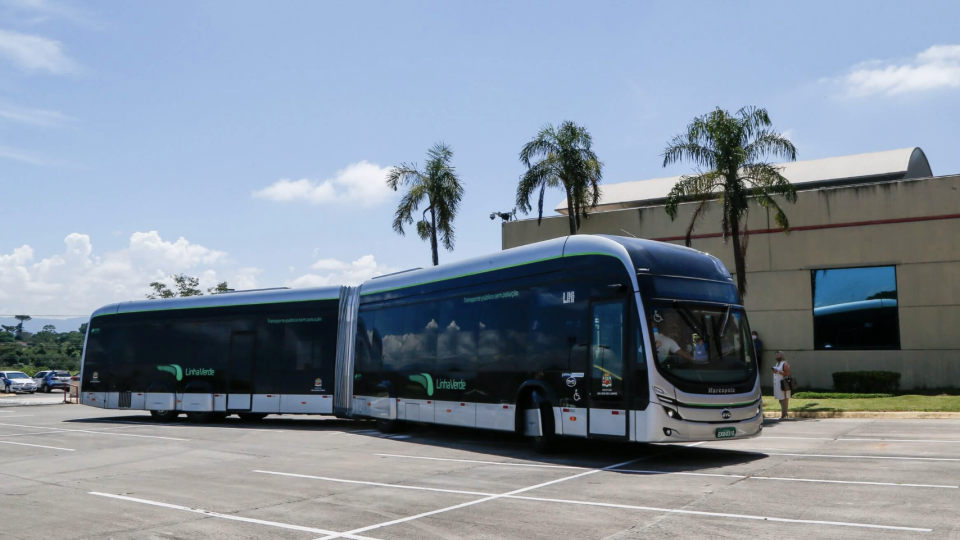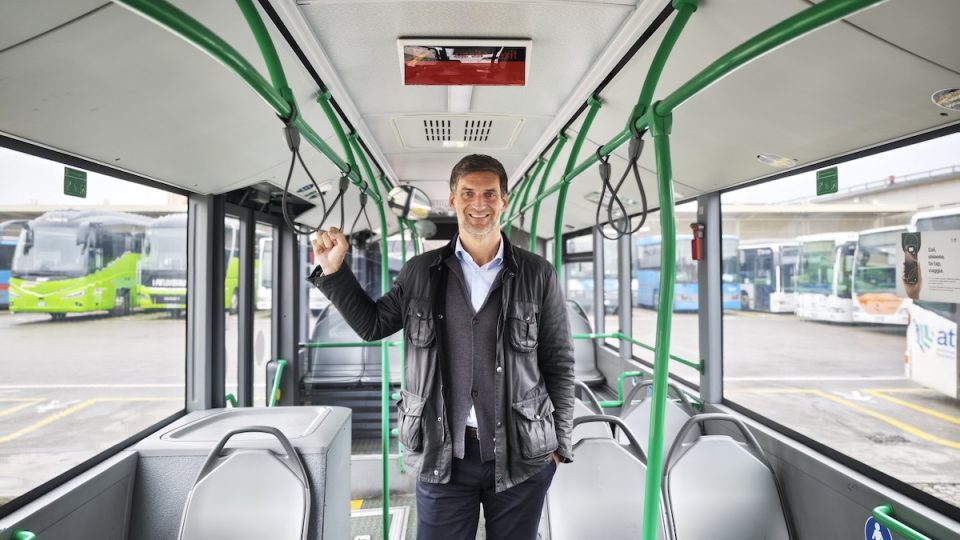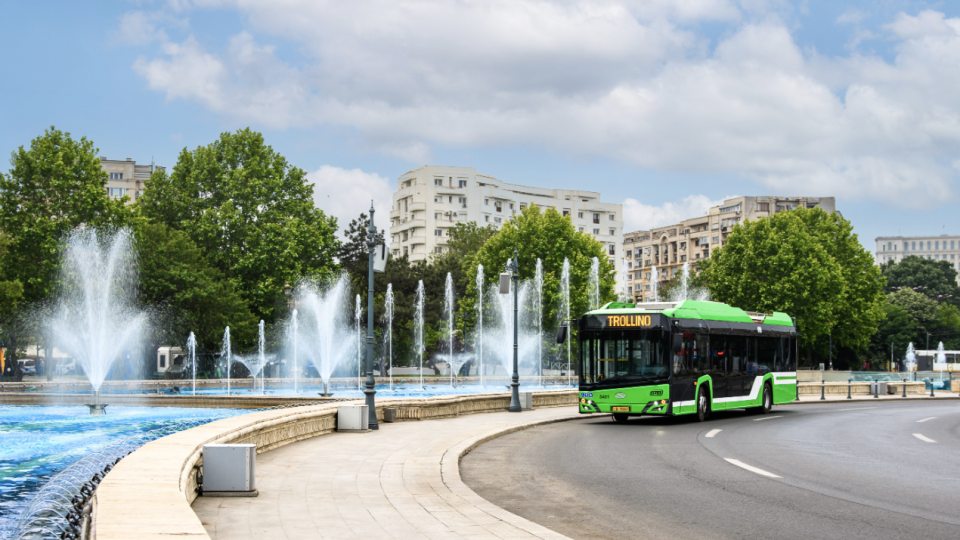Where are funding for European fuel cell buses coming from?
While being very much a minority of the market (99 units registered in Europe in 2022), sales of fuel cell buses in Europe are in a way a similar story to those of battery-electric buses: much lower than the sales levels in China, but well ahead of most other regions. Hydrogen buses are attractive to those who want to diversify the technology and fuel that they depend on, or want to showcase something new and different. However, the cost of the fuel is currently very high and there are other difficulties with regards infrastructure and the initial cost of the vehicle.
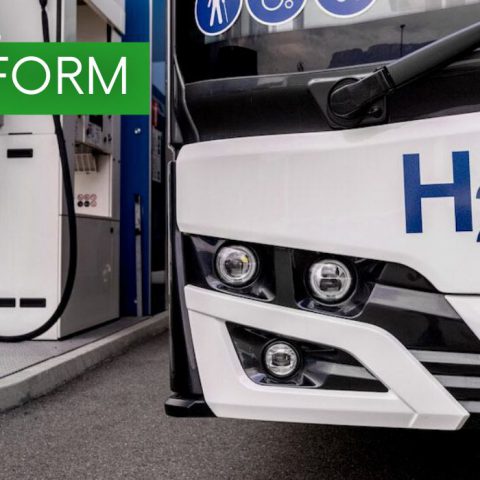
by Jamie Fox and Marco Wang,
Interact Analysis
While being very much a minority of the market (99 units registered in Europe in 2022), sales of fuel cell buses in Europe are in a way a similar story to those of battery-electric buses: much lower than the sales levels in China, but well ahead of most other regions. Hydrogen buses are attractive to those who want to diversify the technology and fuel that they depend on, or want to showcase something new and different. However, the cost of the fuel is currently very high and there are other difficulties with regards infrastructure and the initial cost of the vehicle.
Fuel cell bus deployment projects after 2020 benefit from EU’s investment with more than €100 million. The joint initiative for hydrogen vehicles across Europe (JIVE/JIVE2) contribute most of the FCEBs in Europe deployed today. JIVE/JIVE2 are targeting to have about 300 fuel cell buses.
Fuel cell buses (FCEB) today have a higher TCO than diesel and battery-electric buses. However, by the end of the decade, as hydrogen prices fall we expect fuel cell buses to beat diesel buses on TCO in Europe, assuming hydrogen prices are under $5 per kilogram by then.
Battery-electric buses are projected to be the least expensive option overall at the end of the decade. Hydrogen buses however offer a greater familiarity in some ways – i.e. a fairly fast refill with a fuel pump. In Europe, adding hydrogen to the mix rather than searching for more gas to produce electricity makes sense in the current energy crisis. We expect many of the hydrogen buses in the coming years in Europe to be deployed in Italy, Germany and the UK where there are high electricity and diesel prices at present.
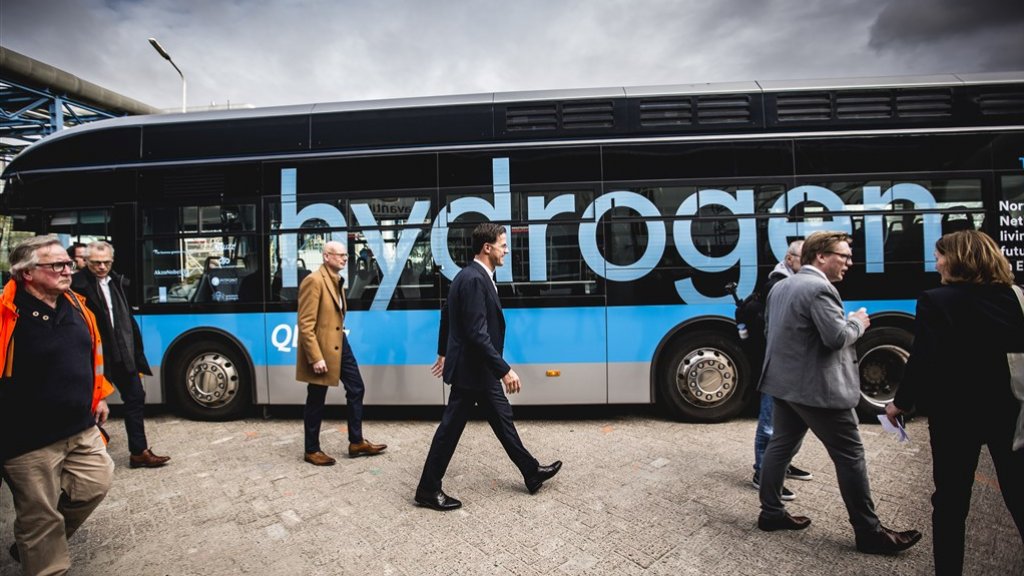
On funding for fuel cell buses in Europe
Fuel cell buses are too costly today to be purchased without funding. In EU, most FCEB procurements receive funding at the EU level from FCH JU which has switched to Clean Hydrogen Joint Undertaking (CH JU) since November 30th 2021. FCH JU was established as a public-private partnership between the European Commission, European industry and research organizations in 2008 and aimed for the development and deployment of fuel cells and hydrogen technologies.
50 percent of the total budget of the FCH JU/CH JU are contributed by European Commission. From 2008 to 2013, the EU’s investment to the budget was about €470 million, which is based on EU’s 7th Research Framework Programme (FP7). The EU’s contribution has increased to €665 million between 2014-2020, which is financed under the Horizon 2020 Framework.
As the successor of FCH JU, CH JU got support from European Union under Horizon Europe with €1 billion for the period 2021-2027, complemented by at least an equivalent amount of private investment, raising the total budget to above €2 billion euro.
All hydrogen buses so far use a fuel cell. An alternative technology, hydrogen combustion engines, does exist but buses are not the main target market for this. Hydrogen engines buses would still have NOx emissions. The small emissions of NOx from a hydrogen engine may be acceptable in off-road environments and long-haul trucks but perhaps not in cities. Also, hydrogen engine vehicles have higher fuel cost than other alternatives in this market as they are less efficient. Therefore, it is forecast that the number of hydrogen engine buses sold by 2030 will be lower than the number of fuel cell buses sold even in just 2022.
EU investments for over 100 million euros
Fuel cell bus deployment projects after 2020 benefit from EU’s investment with more than €100 million. The joint initiative for hydrogen vehicles across Europe (JIVE/JIVE2) contribute most of the FCEBs in Europe deployed today. JIVE/JIVE2 are targeting to have about 300 fuel cell buses.
In addition to FCH JU-funded deployment projects, some projects under other EU’s funding frameworks are planning to bring more FCEBs to Europe as well. The EU’s CEF-T framework (Connecting Europe Facility for Transport) also funds the deployment of fuel cell buses. CEF-T has financed H2Nodes projects with €14.5 million, 50 percent of the total project cost, which brought the first hydrogen bus fleet in Latvia. CEF-T is supporting H2Bus Consortium to deploy 600 fuel cell buses by investing €40 million. This is the most ambitious hydrogen bus deployment project foreseeable to date.
The rollout of FCEBs also benefits from whole-system investment for hydrogen and the deployment projects at member state level funded by local transport authority. A hydrogen bus fleet will be deployed in Mallorca as part of Green Hysland project, which aims to establish hydrogen ecosystem in Mallorca Spain and gain EU’s investment of €10 million.
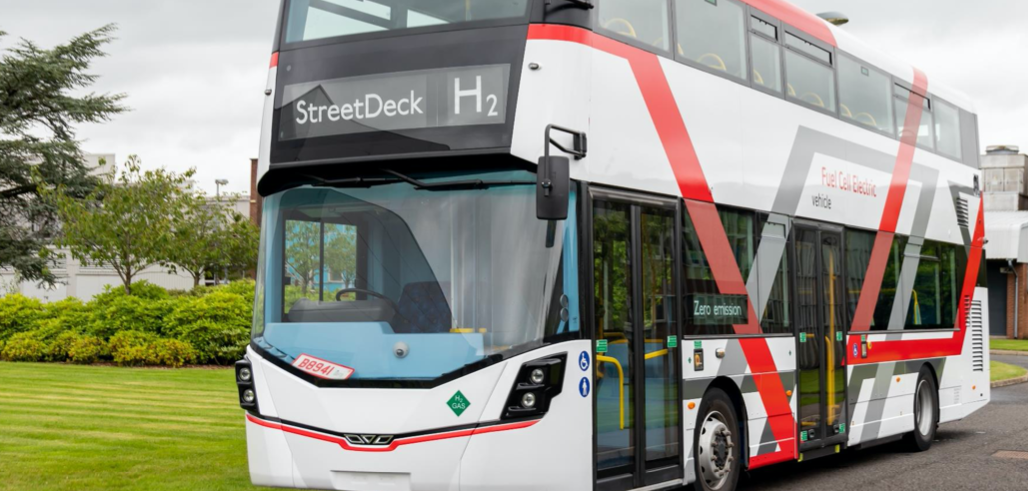
Germany on the lead
Germany is the most active European country calling for fuel cell bus deployment. Most of the German government’s investment in hydrogen are made under the national innovative programme for Hydrogen and Fuel cell (NIP).
From 2017-2021, the Federal Ministry of Transport and Digital Infrastructure of Germany has invested €700 million in different hydrogen projects under NIP, half of which were used to activate the market deployment. These investments have facilitated the deployment of more than 90 hydrogen buses in Germany.
Fuel cell buses (FCEB) today have a higher TCO than diesel and battery-electric buses. However, by the end of the decade, as hydrogen prices fall we expect fuel cell buses to beat diesel buses on TCO in Europe, assuming hydrogen prices are under $5 per kilogram by then.
Hydrogen fuel cell vehicles have zero tailpipe emissions so certainly will have no difficulty with meeting the Euro VII emission standards or any other regulations. This goes some way to explaining the EU’s support (although there are legitimate questions about the percentage of hydrogen that is produced from green sources and hydrogen being an inefficient use of electrical energy).
What about hydrogen combustion engines?
All hydrogen buses so far use a fuel cell. An alternative technology, hydrogen combustion engines, does exist but buses are not the main target market for this. One reason is that, unlike a fuel cell or battery electric vehicle, hydrogen engines buses would still have NOx emissions. The small emissions of NOx from a hydrogen engine may be acceptable in off-road environments and long-haul trucks but perhaps not in cities. Also, hydrogen engine vehicles have higher fuel cost than other alternatives in this market as they are less efficient. Therefore, it is forecast that the number of hydrogen engine buses sold by 2030 will be lower than the number of fuel cell buses sold even in just 2022.
Fuel cells are the way forward for hydrogen buses therefore, both in Europe and globally. While sales levels are lower than BEV and diesel, fuel cell buses will continue to take a share of the market in the coming years.
The funding is helping fuel cell buses in Europe reach levels not seen elsewhere and the sales of 260 buses in Europe is just the start, with further growth to come.

